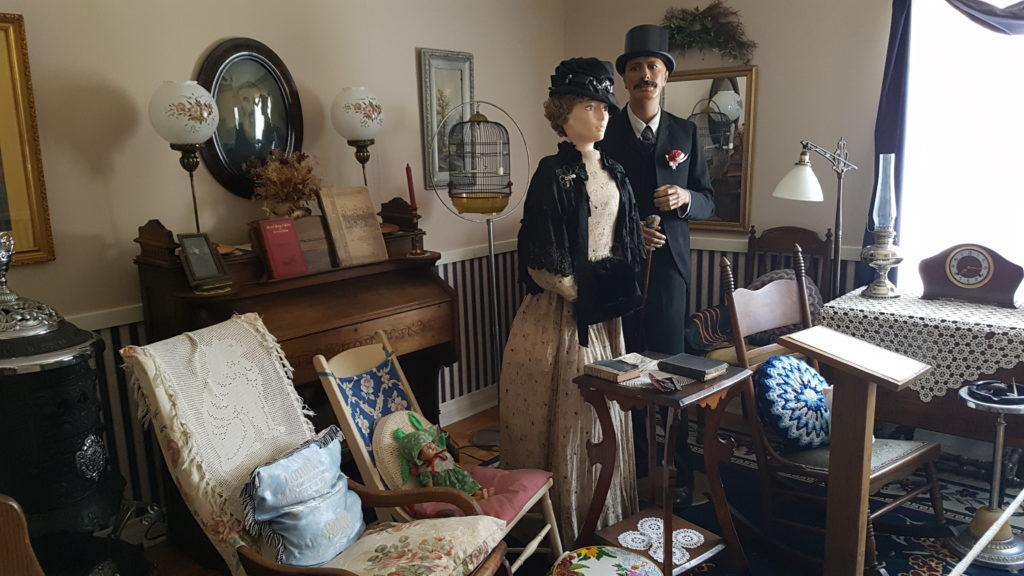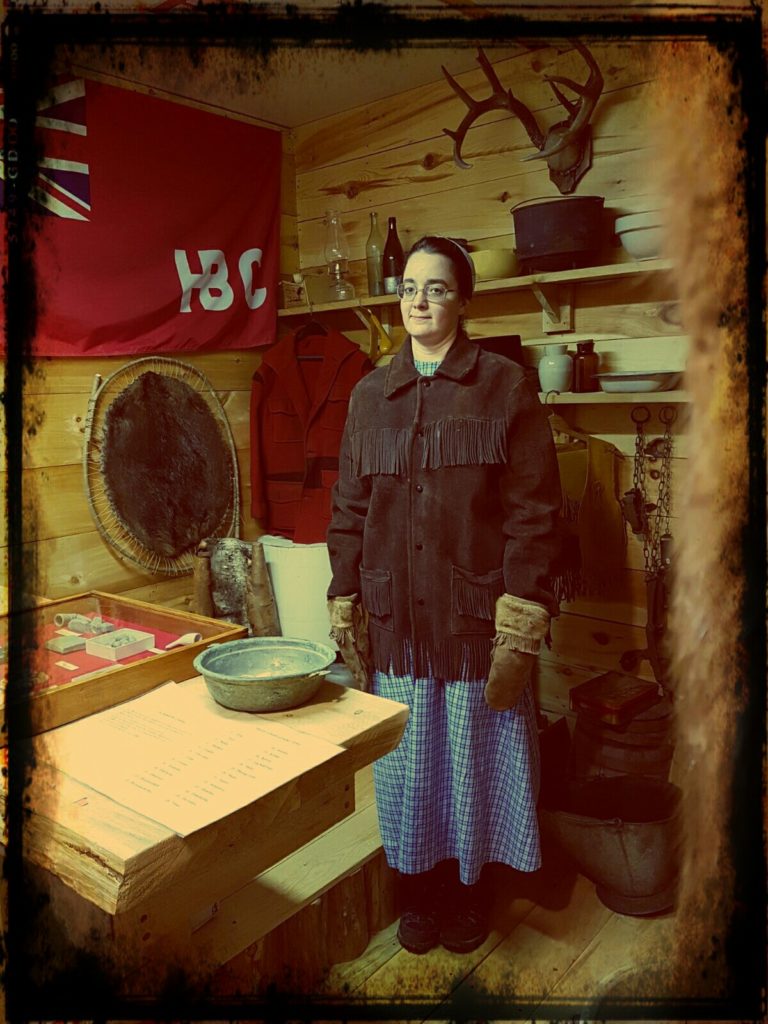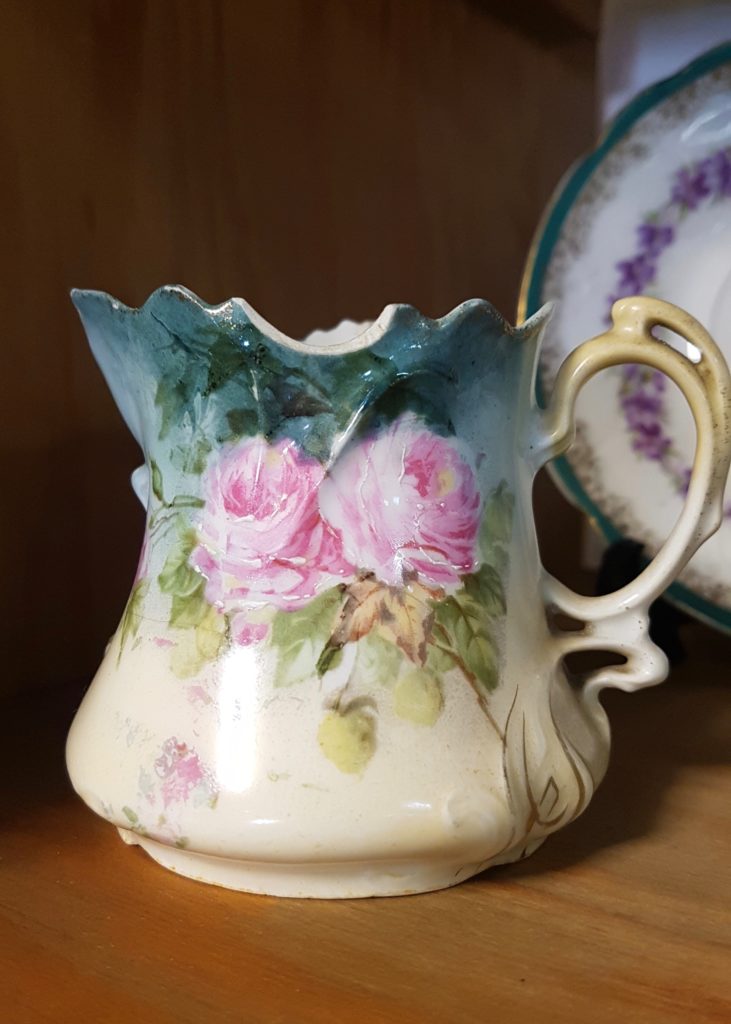My life has up and run away on me again. But luckily I have interesting friends, and when I can’t find the time to write a blog post, sometimes they supply them. Marlene is a friend I’ve met only through email, and I enjoy her thoughts whether random, humorous, or deep. I liked the email she sent this week so much—maybe because I’ve done a lot of cleaning in my life, maybe because I found her descriptions of old folk both intriguing and familiar—I asked if I could use it as a guest post.
***
Almost no two jobs could be at once so contrasting and so complementary as the two major housecleaning jobs I signed onto this spring.
The first was deep-cleaning the Golden Age Manor; an old folks’ home in nearby Emo where our youth group holds monthly song services. The work itself was insanely boring; scrubbing acres of flat beige hall walls and tile floors. It was also strenuous; blundering walkers and canes leave stubborn impressions on long expanses.

But I loved the job, because of the people. I drifted out of the youth group several years ago, but I was surprised how many of the forty-two residents still recognized me. Spry old people are so much fun! And the ones in this building, especially, are such a cultural conglomeration: von Fleets and Kaeminghs and Van den Brands and Ploegmans, Hunsbergers and Hershbergers, Colleys and Gubas and Houghs. One old lady told me casually that since her husband died she has no one to talk Dutch with anymore, and she misses it. I commented inanely on this, and she verified that oh yes, of course she could speak Dutch. And her mom had been from Friesland, so she knew Friesian too. And of course she knows French and German, because they needed to learn them in school, what with the War and everything.
Another day I eavesdropped on an earnest group discussing an upcoming potluck. “Well, Mel could cook dinner all by himself! Oh ya!”
“But what would we eat then? Lutefiskjust? Oh ya!”
One irrepressible old man during the first day brought me, at intervals, a mug of coffee, apple juice, coke, brownies and ice cream (twice!), a book, a magazine, a poem to read, many pictures of his wife and children and grands and greats, and a $5 bill. I would have been one conceited dumpling if this kept on, but fortunately the wonder died off and soon I was accounted as regular staff.
But they still made it their responsibility to keep an eye on me. One old lady let me know that I must take frequent coffee breaks, because my arms will get very tired. Another one told me to be sure to switch arms often in my scrubbing, or I will wear out. Fifteen gushed over the hard work, and another told me I wasn’t doing a good job; there was still a spot on the floor.
Various residents congratulated me on hard work and “being willing to help poor Kenny out; he’s a busy boy.”
Item: ‘poor Kenny’ is the custodian, he has white hair, and is working towards retirement in the next twelvemonth. But I suppose that to any octogenarian a lad of sixty-five is a mere pup; it’s refreshing by extension to be considered an infant in arms.
Do you see why I loved the job?
From there I moved to the Barwick Museum. This is no Smithsonian but considering that our dear little hamlet is too small to boast even a gas station, it does possess a sizable museum…and after I’m done with the housecleaning, I’ll be as qualified to offer you a tour as any summer student. Not many people can brag that they handled every tin cup and framed photo in the place.
No one rattles about the building but me, and the ghosts of many (Christmases) past. No one commends or condemns as I scrub, and no one brings me ice cream either. But the work itself is so entertaining that I don’t miss it.
Question: how exactly does one houseclean a museum?
Answer: with much patience and many days; a deep love of history and a large dose of humour. This is the only way to handle it. I tell you, there is nothing quite like being paid for wiping out chamber pots, or dusting the wax mustaches on the male mannequins.
But on a rainy spring day, there is nothing that makes me feel so steeped in storybook wonder as pottering about, rubbing the pump organ and Victrola with lemon oil and applying metal polish to the ornate parlour stove. I felt as Almanzo-Wilderish as was possible for a girl to feel but I managed to refrain from hurling the brush at Eliza Jane.

Another day I took apart a cobbler shop, cleaned every piece, and reassembled it.
Another day I worked in the Hudson’s Bay Trading Post, fiddling with beaver pelts and bear traps and the famous blankets that are such an integral part of local history.

Another day I cleaned the general-store display, and discovered a bottle of Carter’s Little Liver Pills. I’m not sure why I laughed so hard; I guess I hadn’t realized the tonic existed outside of storybooks.
Do you see why I love this job too?
Plus – not like I would mention this or anything – it’s fun just to be able to take down all the ropes that say Keep Out, and ignore all the signs that say Don’t Touch.

When I see dishes like these, I think I was born in the wrong century. (Then I remember chamber pots, and I change my mind.) I used to get slightly frustrated over old and breath-taking china: why can’t people still make beautiful dishes today? But I’m developing a philosophical theory about it all, and it goes like this: we don’t need them anymore.
I think that when those hardy pioneer women headed north or west in their dun-coloured calicoes, hauling only the barest of essentials with them, the one cut-glass pitcher or Wedgewood platter they toted was more than a dish – it was a symbol. A sign of beauty that still existed on another plane, a sign of better life somewhere east, a sign of peace and plenty that their husbands insisted could be cultivated in this hard land and would hopefully be uncovered in time for their granddaughters. We women have an inherent bent to beauty, and the old crumbling homesteads with peonies and lilacs still flourishing around the foundations prove how desperate these women were to plant it in this strange land.
And today? Today we can repaint our houses every year and update the décor constantly. Pinterest and the Joneses keep us informed on current fads, and beauty in any form can be purchased in a paint or powder. We don’t have the deep bush-hunger that necessitated china like this.
(If you are one who loves square plates with bold geometric stripes; forgive me. I like you too. But I’m willing to warrant you’re finding beauty somewhere else then – in flowerbeds or paintings or fabrics or something.)
I’m also developing a theory about old proverbs. You would think that anyone who makes a career of cleaning would never have streaky bedroom windows, or closets which need to be opened with extreme care lest an avalanche decapitate you.
You would think so, but you would be wrong.
I used to think that the axiom about the cobbler’s children going barefoot and the doctor’s wives dying young simply meant that these men were putting community good ahead of family priorities. Now I know the truth: after the cobbler had mended shoes for customers all day, the last thing he wanted to do at night was start his son’s. He longed only to lock the door and go grub in the garden.
***

Marlene Brubacher lives in the bush of northwestern ON. She loves Jesus, singing, eastern Europe, friends, coffee, and chocolate; and prefers the last three together.
Love this story!!!! Thank you for sharing!😍
Glad you enjoyed it. Marlene is a great writer. 😀
I love reading Marlene’s stuff! She is hilarious and this gave me a few good laughs!! Thanks for the good read!!
Absolutely. Thank you for your comment!
Thanks for sharing this! Can I sign up for Marlene’s emails too?
Definitely. Marlene prefers to keep her email private, so I won’t post it here, but she would be glad to include you in her list. I’ll just pass on her address to you in a separate email.
Wow, Marlene has a charming way with words. May I sign up for her emails too?
Absolutely. I will email you her address.
My husband and I both read and laughed over this post. Thanks so much for sharing Marlene’s writing.
Gina
:) Good to hear from you, Gina.
This is a charming post. Please direct me to her blog.
Marlene doesn’t have a blog, but she does send regular emails to friends and acquaintances. I will message you with her email address and you are very welcome to ask to be added to her list.
I enjoyed this post. I’d love to sign up for Marlene’s emails. Thank-you for sharing.